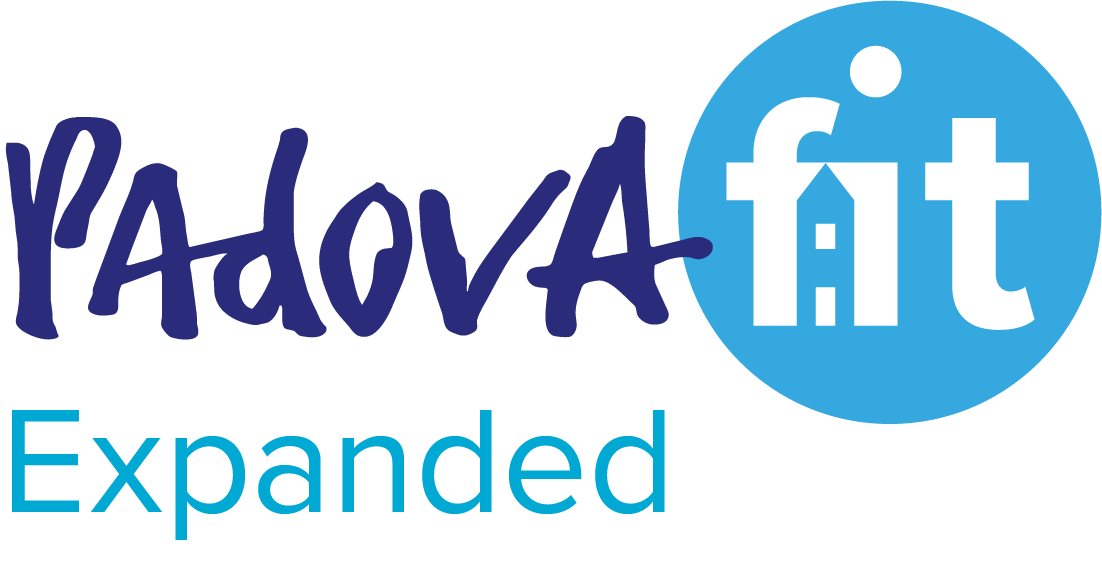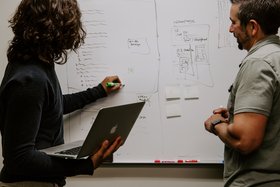In spite of the many policies in place to increase EU's building energy performance, the current renovation rate of our homes in Europe remains too low. The One-stop-shop (OSS) concept is emerging as an innovative solution. In a nutshell, the OSS is either a physical or an online/virtual space where customers can get advice on renovation, but most importantly, can purchase srvices or products that will make renovation a reality. Therefore, in the short and long term, OSS needs to have a business model in order to serve their customers well and stay relevant.
PadovaFIT Expanded Project partners Boconni University, together with other partners have recently published an interesting article titled "Boosting energy home renovation through innovative business models: ONE-STOP-SHOP solutions assessment." The article can be accessed here.
The authors have done an extensive literature review and desk research and identified 29 OSS initiatives across the EU, and then analysed in their Business Models (BM) in detail. The resulting research paper, published on the well-known Science Direct/ Elseiver platform aims to categorise and compare OSS business models. They have identified three archetpyes of BM: Facilitation model, Coordination model, and Development model. These have then been assesed for their capacity to overcome home renovation barriers. Results of this paper will be useful for policy and practitioners in the field who wish to have a good overview of the possible business models of One Stop Shops and their advantages for accelerating home renovations across the EU.



